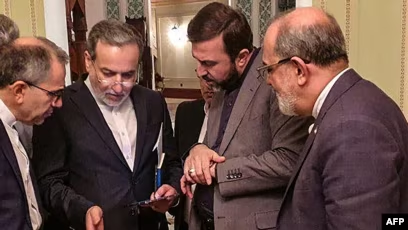Key Details of the Rome Talks
1. Timing & Context
When? Talks are expected in late July, coinciding with Vance’s diplomatic trip.
Why Rome? Italy has been used as a US-Iran backchannel diplomacy neutral platform throughout history.
Current Status: Negotiations have been at a standstill since 2022, and Iran has been enriching its uranium to near-weapons-grade levels (60% purity).
2. Key Discussion Points
Sanctions Relief: Iran insists on US economic sanctions removal prior to rolling back nuclear work.
Nuclear Caps: The US demands tough caps on uranium enrichment and IAEA monitoring access.
Regional Tensions: Both sides can touch on Iran’s proxy wars (Yemen’s Houthis, Lebanon’s Hezbollah).
3. JD Vance’s Role
Although not directly participating in talks, Vance’s presence indicates White House commitment to diplomacy.
His trip might involve side meetings with European allies (France, Germany, UK) on Iran policy.
Why This Matters
Global Security Risk: Failure could drive Iran toward a nuclear weapon, fueling regional arms races.
US Election Factor: Biden seeks progress before November 2024 elections, but hardliners on both sides oppose compromise.
Oil Market Impact: A deal would open up Iranian oil exports, reducing prices worldwide.
Challenges Ahead
Trust Deficit: Iran does not trust US promises following Trump’s JCPOA withdrawal.
Domestic Opposition: Tehran and Washington hardliners are against concessions.
Israel’s Stance: Netanyahu’s administration promises to veto any deal it considers too weak.
What’s Next?
If negotiations are promising, technical teams may write a new deal by fall 2024.
Collapse threatens military escalation, with Israel warning of attacks on Iranian nuclear facilities.









